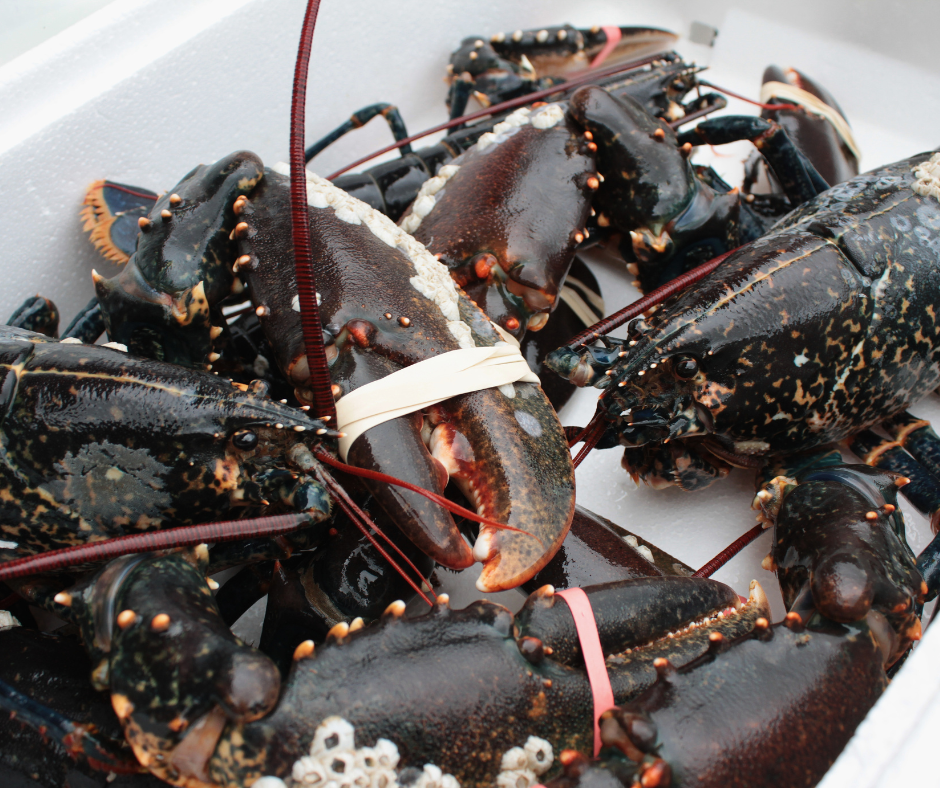Fishermen in Canada's largest lobster fishing district are gearing up to make a crucial decision this spring: whether to increase the minimum legal size of lobster they catch. Lobster harvesters in southwestern Nova Scotia, along with others across Atlantic Canada, must weigh the implications of matching an impending increase in the United States.

Heather Mulock, executive director of the Coldwater Lobster Association, says lobsters thrown back to match the U.S. minimum would be available for harvest the next season. (Mark Crosby/CBC)
Heather Mulock, executive director of the Coldwater Lobster Association, emphasized the gravity of the decision, stating, "It will be an individual vote. That's a big decision that every single enterprise and owner has to look at from their own business."
In late May or June, the 979 license holders in the area will cast their votes on whether to align with the increases in allowable U.S. catch measurements, set to take effect on January 1, 2025, and again in 2027. Failure to match these measurements could restrict the entry of live Canadian lobsters into the U.S., affecting bonded shipments and international trade routes.
The proposed increase stems from surveys in the Gulf of Maine, indicating declines in young lobster populations. Consequently, the legal carapace size in Maine will rise to 84 millimeters next January and to 86 millimeters in 2027—higher than the current 82.5 millimeters used in most of Canada.
Mulock highlighted that in LFA 34, the initial two-millimeter size increase affects between 12 and 15 percent of the catch. If fishermen opt to adhere to the new U.S. measurement, estimates suggest a 10 to 15 percent increase in the lobster they would have to throw back, impacting next season's harvest.
The decision holds significant economic implications, considering that 39 percent of the market for live lobsters is in the U.S. The information package distributed to fishermen underscored China as the leading export market, accounting for 45 percent of sales.

Geoff Irvine of the Lobster Council of Canada says harvesters must decide whether to increase the minimum size to match the Americans. (Mark Crosby/CBC)
At a recent meeting held by the Lobster Council of Canada, stakeholders discussed the individual impacts on Maritime lobster fishing areas, but no consensus was reached on how to respond to the impending increase in the U.S. minimum. Geoff Irvine of the Lobster Council emphasized that it's up to the harvesters and associations to build consensus and present proposals to the Department of Fisheries and Oceans for consideration.

Adam Cook is a Fisheries and Oceans Canada biologist for lobster in the Maritimes. He says lobster landings are trending down in southwestern Nova Scotia. (Mark Crosby/CBC)
The decision comes amid declining lobster landings in southern Nova Scotia, with last year's landings in LFA 34 totaling 15,263 tonnes, worth $305 million—marking a decrease from the previous season. Fisheries and Oceans Canada biologist Adam Cook noted the possibility of the lobster stock falling from the healthy to the cautious zone, emphasizing the need for careful consideration in the decision-making process.
Source: Paul Withers (April 10, 2024). Lobster harvesters in Atlantic Canada to vote on increasing minimum legal size this year. CBC News. https://www.cbc.ca/news/canada/nova-scotia/vote-on-minimum-legal-lobster-size-happening-this-spring-1.7168893



